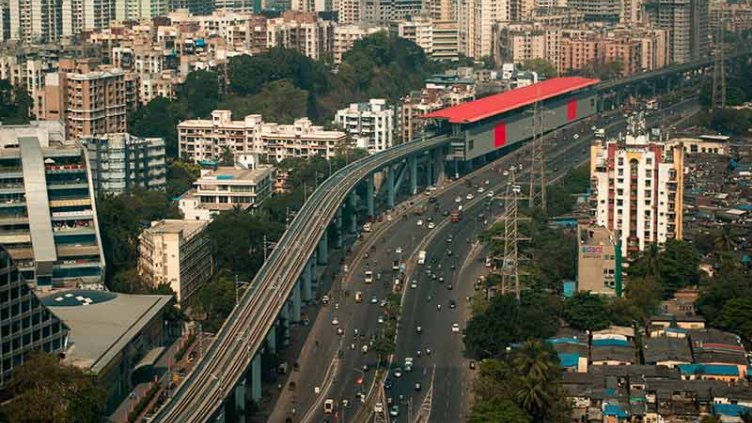Education communities ignite Bangkok's condominium market
Spacious residential units in upper-mid segment thrive amidst economic challenges fueled by education sector demand.
Since late 2023, the high-rise residential market in the Bangkok Metropolitan Region (BMR) has continuously faced challenges stemming from ongoing economic pressures. Reduced unit transfers have been recorded in all BMR provinces as a result of tighter lending policies, fewer potential buyers, and high inflation dampening domestic demand.
Residential products that target specific demand sources from educational institutions, healthcare centres, or wellness destinations, however, continue to thrive. As developers diversify their risk in acquiring lands and developing residences, room types and amenities offered are more tailored to meet consumer lifestyles. This trend, observed since 2018 and particularly since 2021 within Bangkok city centre, is evidenced by the above-average performance of 13 existing projects in proximity to top-tier international schools.
Figure 1: Map of upper-midrange condominium supply growth: pre- and post-2018 comparison, by number of projects launched
Source: JLL Thailand Research, 4Q24
The location of school campuses is a crucial factor in home-buying decisions, whether for primary residences or investment properties. In the heart of Bangkok, international schools have boosted demand for spacious accommodations, with a minimum size of 60 sqm for one-bedroom units and 100 sqm for larger types. This preference has elevated the selling price of residences in the upper-mid segment, starting at THB 10 million per unit (approximately USD 297,500) and ranging from THB 130,000 to 195,000 per sqm (USD 3,860 to 5,790). In addition, these condominiums provide student-oriented amenities such as lounge with musical instruments and private tutoring rooms, which are heavily utilised during off-school hours.
These properties primarily attract investors, who often constitute over 15% of the total buyers in a project, and cater to real demand from both local and foreign families. According to Real Estate Information Center (REIC) statistics since 2018, the number of condominium units owned by Burmese and Taiwanese in the BMR has significantly risen by 30-fold and 166% y-o-y, respectively. A considerable proportion of this growth stems from high-net-worth Burmese families who migrated to Thailand after 2021.
Market adjustments to meet sustained demand are reflected not only in high-rise, but also in low-rise condominiums, emerging along alleys on smaller land plots of less than one rai (0.4 acres). Despite limited space for amenities, these properties reinforce their market positioning through substantially larger usable areas and exceptional privacy. Each floor typically houses an average of four units, offered at competitive prices below THB 200,000 per sqm (approximately USD 5,940). The average unit size surpasses typical post-2018 launches by 99% for one-bedroom and 58% for two-bedroom unit types. Several of these projects have earned the nickname "all-penthouse condominium.”
Over the past few years, the market dynamic demonstrates how demand from education communities has ignited Bangkok's condominium sector amidst economic headwinds. Looking ahead, as prime locations in Bangkok become increasingly scarce, JLL anticipates continued growth in developers leveraging smaller land parcels to develop low-density residences near neighbourhoods concentrated with demand from educational, medical, and wellness facilities.



